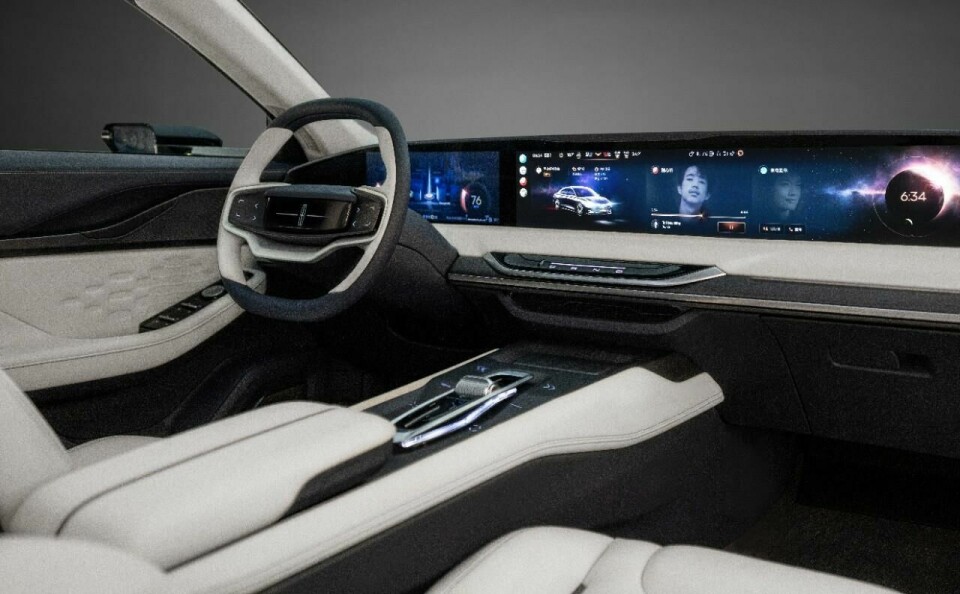
Interior Motives Summer 2021: Lincoln Zephyr
New sedan designed in California for the Chinese market employs classic Lincoln design cues as well as the OEMs new concept of ‘quiet flight’ to target a young, progressive crowd
New sedan designed in California for the Chinese market employs classic Lincoln design cues as well as the OEMs new concept of ‘quiet flight’ to target a young, progressive crowd
This year at Auto Shanghai Lincoln debuted the Zephyr Reflection, a sleek show car that previews a new sedan for the Chinese market. Aimed at young, affluent customers, the car builds on the brand themes of aviation and “quiet flight” in a package that melds luxury and technology for a new generation of drivers. “The brief was really to focus on the idea of love at first sight,” says Kemal Curic, head of Lincoln design, as we sit with him next to the clay model in Ford’s studio in Irvine, CA. “The way you sit inside and the first impression of the way it feels and everything else around it.”
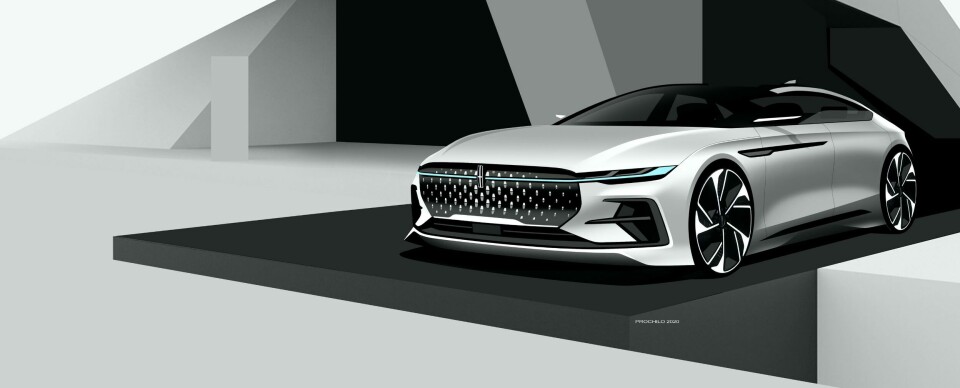
The Zephyr name – and the brand’s ties to aviation – dates back to the 1930s. Ford hired John Tjaarda, a Dutch pilot and aeronautical designer turned Hollywood coachbuilder to design a show car for the 1933 Century of Progress exhibition in Chicago (Tjaarda had also previously worked for a stint at GM with Harley Earl). Inspired by aeroplanes, the resulting rear-engine “Briggs Dream Car” boasted a relatively lightweight, unibody construction and a low coefficient of drag. Two years later, Eugene Turenne “Bob” Gregorie designed the front-engine, production Zephyr with a low-raked windscreen and prow-like front grille. The Zephyr name continued until 1948 and served as the basis for the flagship Lincoln Continental. But there’s nothing old and stodgy about this latest Zephyr. “We have a heritage of 100 years but we are not shy about attracting a new customer,” Curic says.
Built for the Chinese market, the Zephyr Reflection was done in Lincoln’s Irvine studio, with input from the studios in China and Dearborn. “Although the car was designed in California, we are a very international studio. We have team members here at the Irvine studio who fit the customer profile, so we were able to look to them as we did the project,” Curic explains.
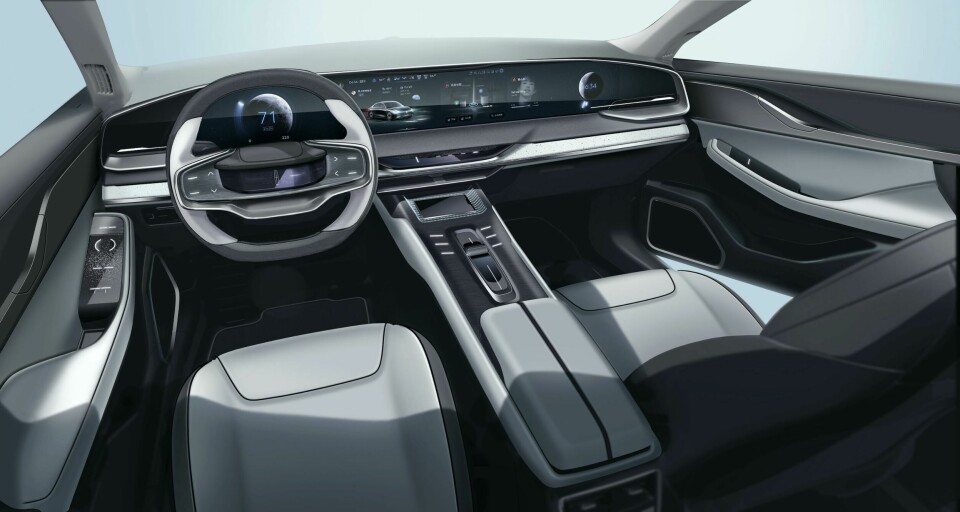
On the exterior, Curic points out the Zephyr’s athletic stance, flush door handles and S-curve sculpting within the body side. “The proportions of the car are really good, it’s something I’m quite proud of,” he says. A three-dimensional grille treatment previews a new evolution for the Lincoln front face, along with animated lighting signatures. “We always talk at Lincoln about how the eyes should be alluring. Looking at this car, it’s not happy, it’s not angry – it’s confident.”
In the cabin, the Zephyr Reflection repeats the horizontal theme found on other current Lincoln vehicles. “When we started on the Reflection, we made sure it was connected to our Sanctuary and Human brand pillars which are so important to us, especially on the interior,” says interior design manager Michael Thomson. “We stuck with our brand language, but at the same time we wanted to make sure the sanctuary aspect was still represented in this vehicle.” The solution was both unobtrusive and tech-forward: smart surfaces that are both haptic and capacitive, which light up only when needed. “We really played up the use of smart surfaces, which make sure everything is still there that the customer wants and demands, but we do it in a way where it isn’t screaming at you. So there’s still a calmness that goes through the interior, we just found new ways to show that,” Thomson explains.
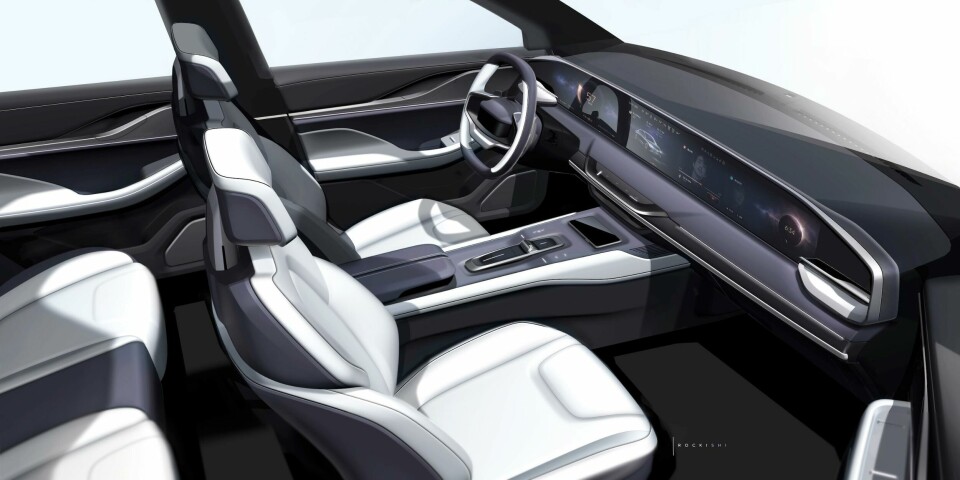
The breadth and width of the IP is showcased with large, coast-to-coast display screens. The dual display measures 42 inches, comprising two sections that can be configured separately. “This is a crowd that wants to be connected and know what goes on in the world, and the big screens created that opportunity,” Thomson explains. “It became an interior where it’s almost democratic; it’s not just for the driver, but we also share it with the passenger.” Below the screen is a stretched interpretation of Lincoln’s “piano key” push-button shifter. Another touch unique to the Zephyr Reflection: A digital display on the steering wheel that bears the Lincoln logo and plays an animated welcome sequence.
The centre console is clean and simple, combining the nearly hidden smart surfaces with textured, manual controls that customers tend to associate with luxury products. “A lot of the detailing that we’ve done has a lightness to it, from the speakers in the door as well as the “crown jewel” in the console, they almost hover above the surface, giving this thing a feeling of light weight, while calming everything else around it down,” Thomson says.
“There is a dynamic and youthfulness to it and it creates a harmonious feel throughout the whole vehicle.” Curic adds that the interior team focused on the idea of sustainable materials, natural woods, and non-toxic materials, although he declined to offer specifics. One particular highlight is the wireless charging pad, which lights up in a ripple effect when a mobile phone is charging, like a pebble being dropped in a pond.
As with all studios, Lincoln’s Irvine satellite had to learn to develop a car in the midst of a pandemic. “The team was really fantastic, how well everyone adapted and was online and ready to do things,” Curic remembers. However, unlike some design bosses, Curic says Lincoln won’t go completely digital anytime soon. “Early iteration you can do quickly at home; sketches we can evaluate online; you can see a lot of things in VR. But the last 10 percent is human – colour and material in the luxury space, the feel and touch and smell and sound are things you can’t experience if you’re just looking at a screen.”
Thomson agrees. “We relied on digital tools a little bit more, but the important thing for the interior was to still be working on the model by hand. We spent time in the studio refining it, seeing the materials, seeing if everything was in the right place and the right size, and we made sure that the amount of handwork that translated into craftsmanship was never neglected. We were able to create an interior that was up to the already high standards we have for Lincoln, despite all the current setbacks, and make sure we could still deliver this feeling of luxury that customers have come to expect,” he says.
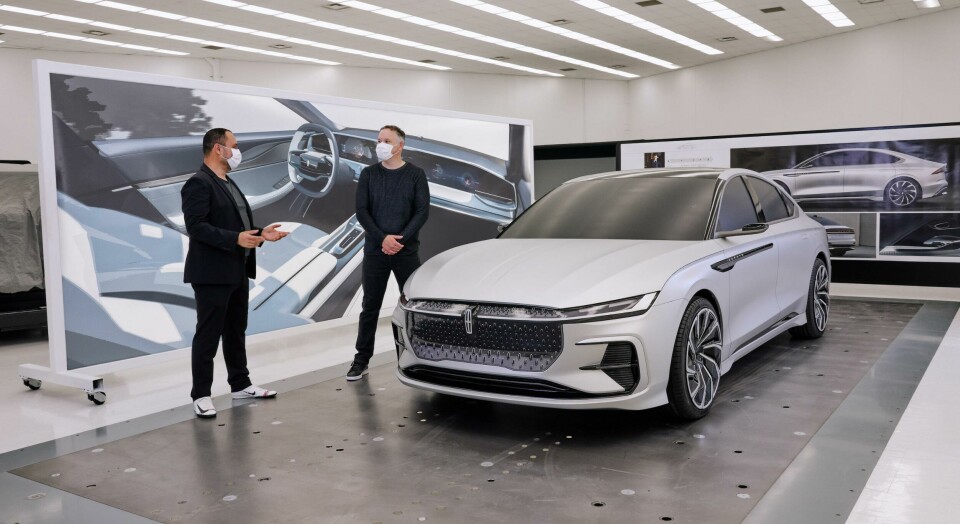
The production version of the Zephyr is due to be revealed in China later this year. Lincoln hasn’t yet announced details about the powertrain, but one spokesperson told us it would be an ICE model. But with Lincoln offering PHEV versions of its Aviator and Corsair SUVs, a plug-in hybrid might not be out of the question. In all, Lincoln has done an admirable job creating a modern yet elegant vehicle that should do well in a market that craves youthful luxury and still embraces sedans (unlike the U.S., alas). “It represents where we are heading, especially on the front end and in terms of idealized proportions and technology,” Curic says. “Instead of adding more, we want to centre the things that make Lincoln Lincoln and show that confidence.”











